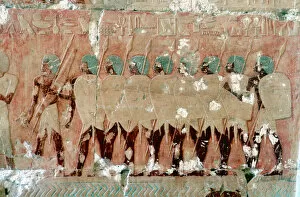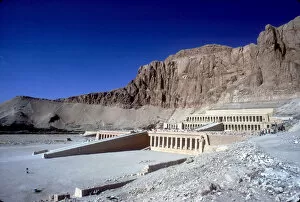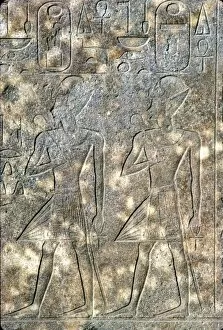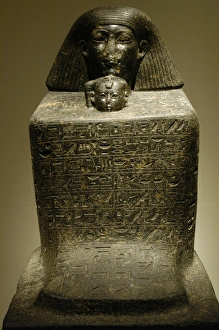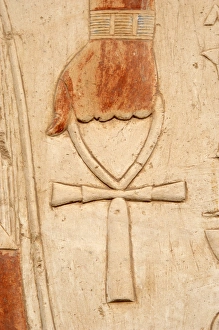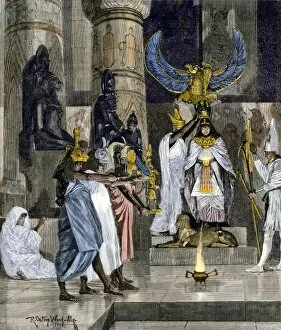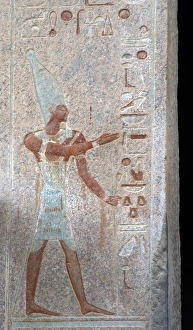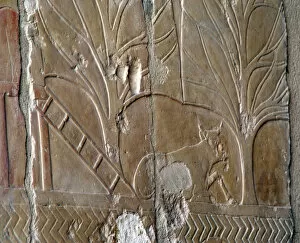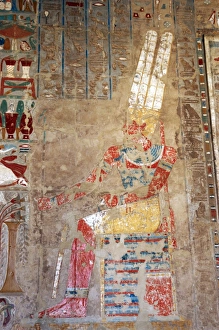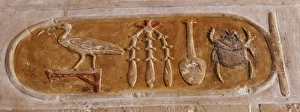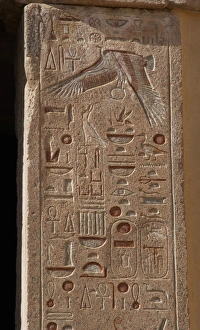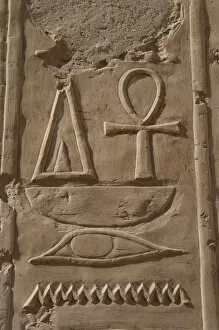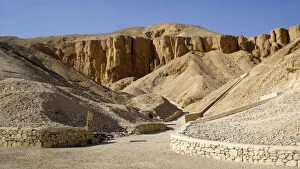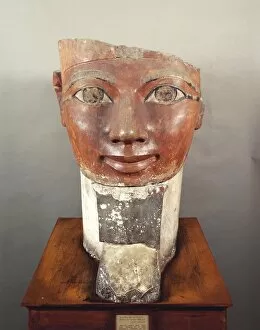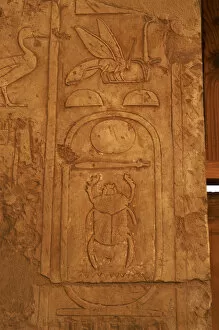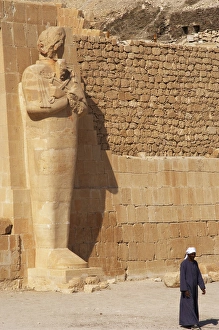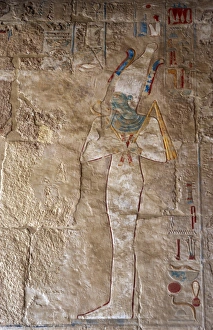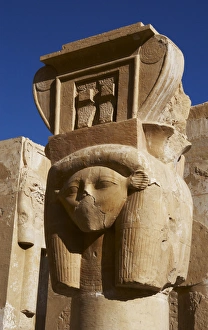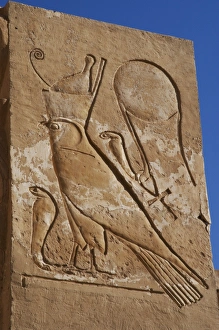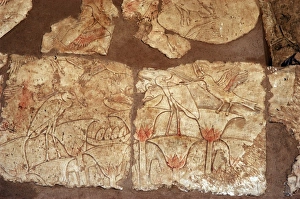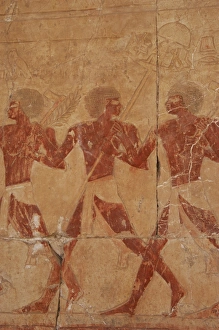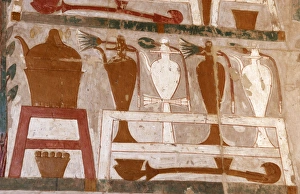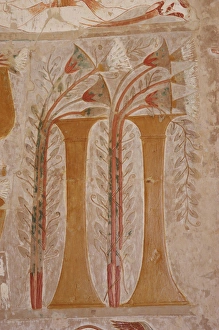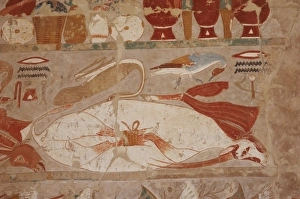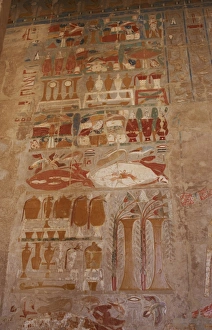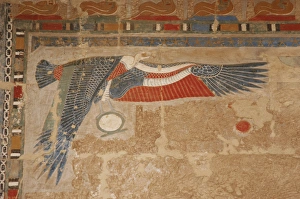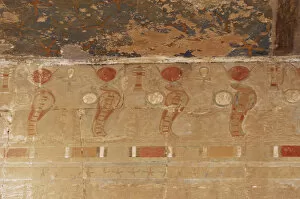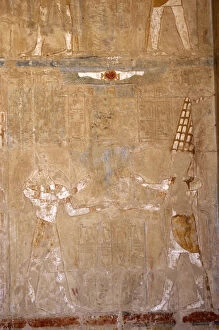Hatshepsut Collection (page 2)
"Hatshepsut: The Powerful Queen of Ancient Egypt" Step back in time to ca. 1400 BC, during the glorious reign of Hatshepsut, a remarkable pharaoh from the 18th Dynasty
All Professionally Made to Order for Quick Shipping
"Hatshepsut: The Powerful Queen of Ancient Egypt" Step back in time to ca. 1400 BC, during the glorious reign of Hatshepsut, a remarkable pharaoh from the 18th Dynasty. Explore her legacy through various iconic landmarks and artifacts that have stood the test of time. Immerse yourself in the enchanting marshes as you witness Hatshepsut fowling, showcasing her connection with nature and her people. Marvel at the grandeur of Queen Hatshepsut's Temple in Luxor, an architectural masterpiece that reflects her divine status. Discover the Eye of Horus on the false door of Senenmut, symbolizing protection and wisdom bestowed upon this influential queen. Join Mr Howard Carter on his historic excavation journey as he uncovers hidden treasures within Hatshepsut's temple at Deir el-Bahri. Travel to Thebes, a UNESCO World Heritage Site, where you can explore the majestic Temple rising proudly against the West Bank. Uncover secrets from The Land of Punt depicted in vivid reliefs adorning this magnificent structure. Gaze upon Osirian statues dedicated to Hatshepsut herself, immortalizing her reign for eternity. Stand before headless statues that once embodied this powerful queen's presence and admire their intricate craftsmanship. Admire an exquisite statue-cube depicting Senenmut alongside Princess Neferure; a testament to their close relationship under Queen Hatshepsut's rule. Witness ancient art come alive through an 18th-century alterlife Atef Crook - a symbol representing power and authority. Join us on this captivating journey into ancient Egypt as we unravel the mysteries surrounding one of history's most fascinating female rulers - Queen Hatshepsut.

